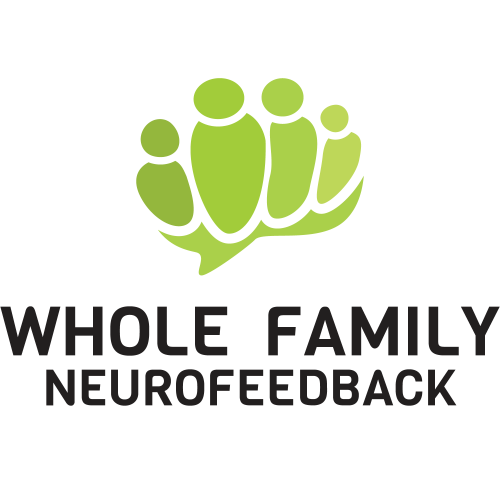Let’s Get Real
As a Licensed Marriage and Family Therapist for 21 years, I have prided myself on helping clients develop realistic expectations of themselves, their marriages, and their families. A more realistic view of the human condition can be extraordinarily freeing. The hype in the counseling industry can be just as binding as the difficult mental and emotional problems people are already facing. So, it is important to me that my neurofeedback clients also have realistic expectations and that they understand the concept of extrinsic constraints.
The neurofeedback industry has seen some truly miraculous things for the past 50 years. But the industry has received a lot of criticism for making claims that are too far reaching. Despite these problems, it still seems to work an extraordinary percentage of the time. If a drug trial, for example, had the kind of success rate that neurofeedback does, it would instantly become widely used. For our in house numbers, neurofeedback seems to help people about 85% of the time regardless of the issue they use the neurofeedback for. Pretty amazing. But that leaves 15% who feel like nothing shifted or like they saw only subtle changes. So, what is going on for these folks?

Extrinsic Constraints
First, we must consider what is known as extrinsic constraints. These are anything that can get in the way of training like too much sugar or caffeine, too much alcohol, and sometimes drugs ending in -azepam (benzodiazepines). These of course, are generally relatively easy to change. Then there are extrinsic constraints that are relationship based where spouses and family members can either be blind to the changes occurring or can actually inhibit the changes. This can look like too high expectations, not accepting the kids for who they are in the first place, not approaching the training objectively by tracking the changes via a journal or via our assessment forms, frustration in a marriage that leads to a lack of leadership with children, extreme amounts of emotional reactivity and stress in the home, and so forth. This occurs often in families with male children who need help with focus and self-regulation. Not always of course, but enough to consider seriously for those families. Getting curious about one’s own reactivity to other family members, to the patterns of reactivity-sometimes with the help of a family therapist-is a great idea for folks who feel stuck.
In our case, I think of my husband, who didn’t notice the extraordinary changes in our daughter after her neurofeedback sessions this summer. For those of you who have a child who worries, or who has a hard time with focus and organization or motivation, you will understand what a big difference it is when I say she went from being locked up in her room all day, not interacting much with us and not very happily at that to…cleaning her room! I mean 8 bags of stuff cleared out! Her attitude lightened up, she was suddenly very affectionate, and she set some personal goals and followed through with them. All on her own initiative. When my husband and I talked about it, I realized he didn’t see any of these changes! As we talked, it became clear that he couldn’t see her changes because he was checked out of the family in ways that both of us felt, but that we weren’t quite clear about. There was clearly a relationship process going on that skewed his perspective. We have since begun some work around this in the marriage and in the family.
Other extrinsic constraints to consider might be cultural trends or pressures, physical environment (ex: lead in the water), availability of food, degree of connection/contact with extended family, etc. Most of the time these things can be fettered out and resolved either quickly or over time.

I think how a person approaches neurofeedback is important. It is best understood as a tool. Not therapy or treatment or magic or a cure. It is something to try…something that has a pretty extraordinary track record. But it is not going to fix your marriage for you, or make your kids have better focus on YOUR priorities, or get your mom to back off. You may be more capable of handling these challenges, and that can feel extraordinary. It comes down to you…to your own brain, to your own desire to make changes, and to the relationship systems around you that can hinder or help. It may be important to ask yourself if you are a part of the problem interactions–minus the self blame of course. Just from curiosity if you please! What is going on, and how can you do your part to nudge things into a new direction? Are you doing your own sessions or are you just having the kids’ brains trained? The practice of putting your own oxygen mask on first is key to strong results when brain training with your kids.
If you’ve read this far, we want to send you a little thank you. Click the button below to request a free copy of “A Symphony in the Brain” by journalist Jim Robbins. It is an objective review of the successes and criticisms and history of neurofeedback. Be sure to tell us a little about your interest in neurofeedback as well as your shipping address!
Still have questions and want to explore? Have a look at our FAQs.

